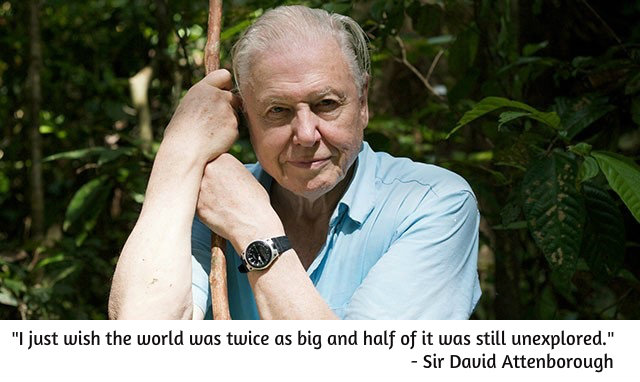Dear Readers,
Today is World Animal Day.We humans need to remember that we are also part of the ecosystem and not above it. We are all part of the same family that is Mother Nature and have a specific role to play to ensure that a healthy balance is maintained.
Let us take a pledge to remember our roots and treat our animal brethren with the respect and compassion that they richly deserve.
“All life deserves respect, dignity, and compassion. All life”
- A.D. Williams.
Click here to read all my Nature related posts.
 |
| Save the Mountain Gorillas |
 |
| Attenborough's Life Stories |





























